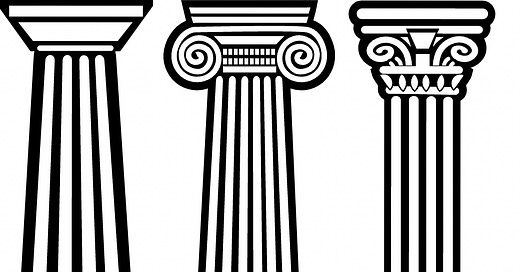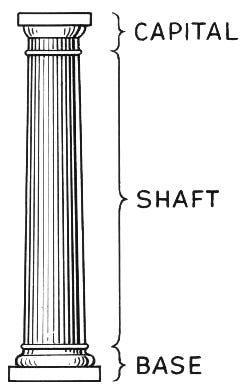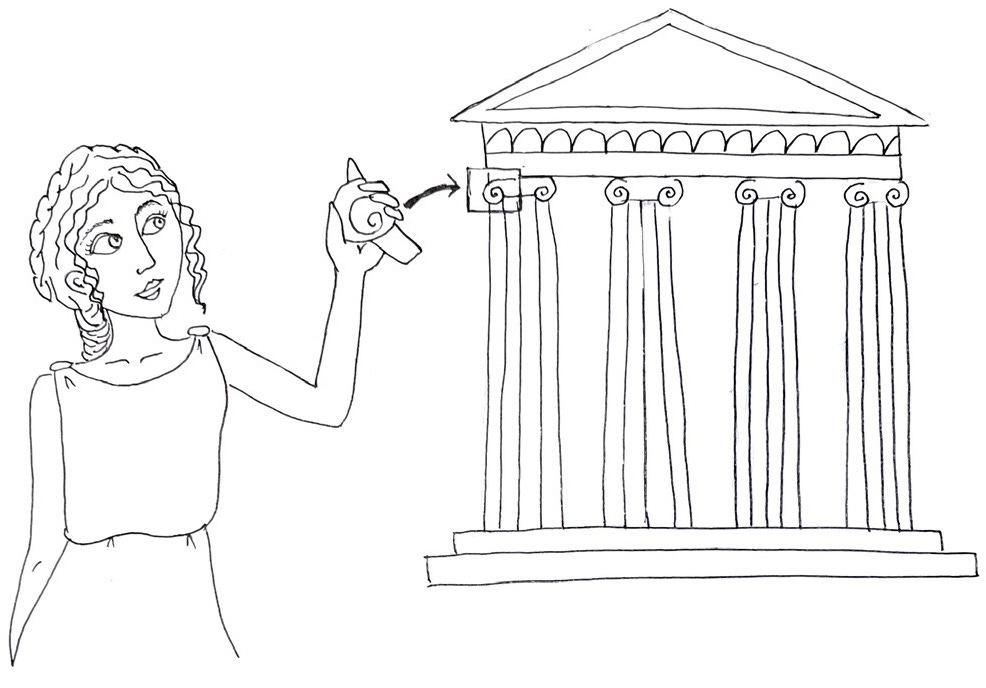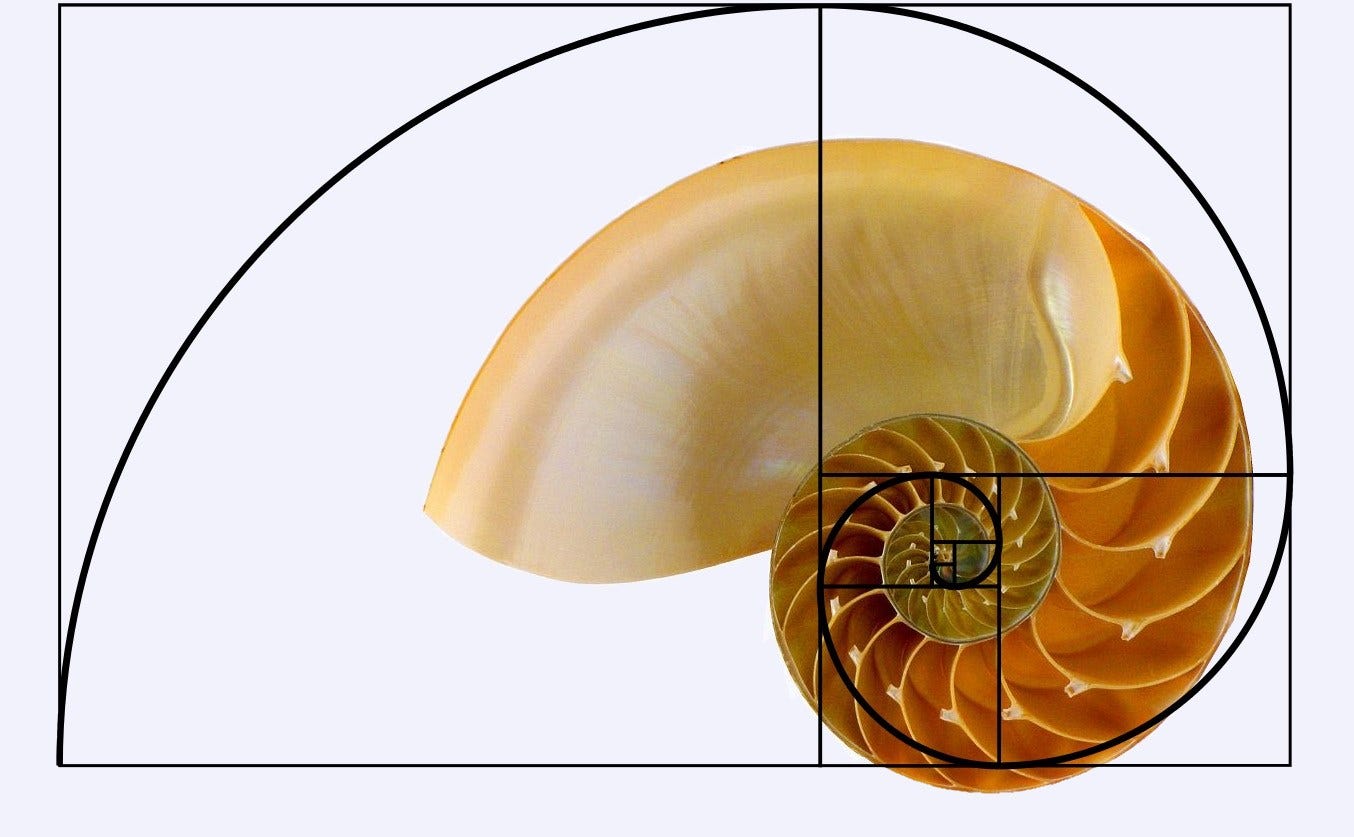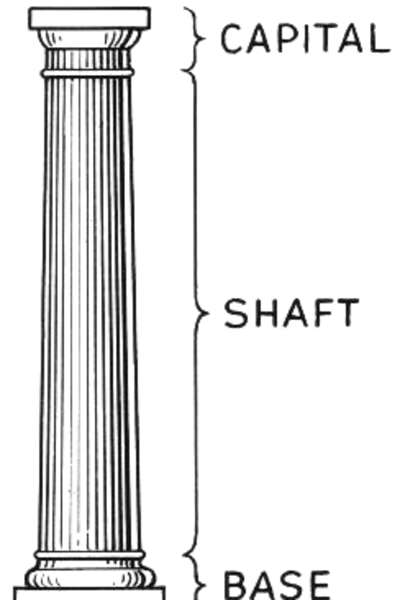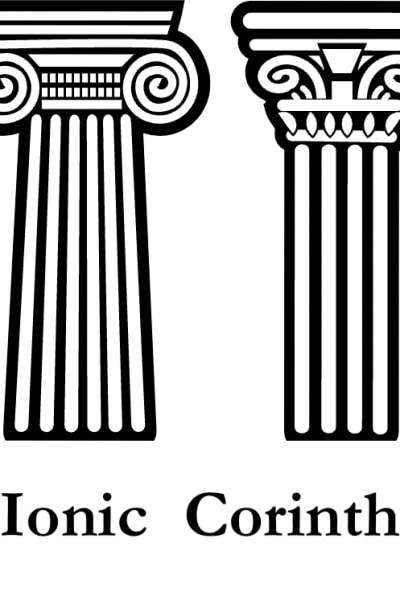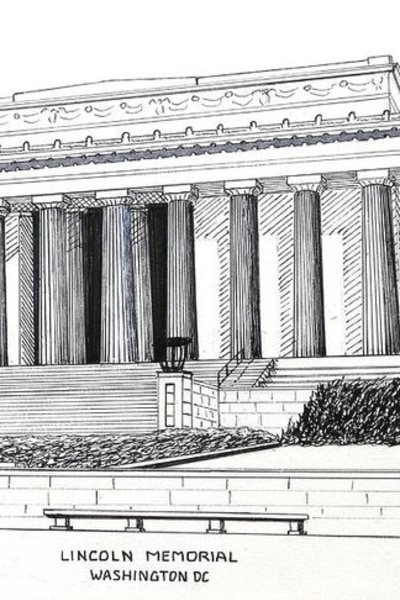Dear Classical KIDS,
No matter where in the world you live, you gotta live somewhere. Indeed, seeking shelter that provides safety and protection is about as universal as it comes, something required both around the world and throughout time.
And while we’re in the business of constructing shelter, why not also make them beautiful?
For the ancient Greeks this was especially important... but the really cool thing is that the innovations they discovered and produced inspire us today. Indeed, the legacy of ancient Greek buildings can be found all around us.
So today, we’ll learn a little bit about the buildings around us, and the columns they depend on.
All the best,
Anya Leonard
Founder and Director
Classical Wisdom and Classical Wisdom Kids
Not Just Another Column
What’s in a column? To the ancient Greeks, a column or standing pillar, was more than just a way to hold up the roof. Every part, from the capital to the base, was very important and followed special rules, called an “architectural order”.
In fact, you only need a small part of an old building that has fallen apart to know what the whole building would have looked like!
The ancient people were not just building a safe place to be in the rain, they were trying to make their buildings perfect. They thought the order of the universe should be seen in the buildings. Really!
This meant buildings were carefully designed using ideas about harmony and symmetry, specifically the idea of the Golden Ratio.
We’ll learn more about the Golden Ratio in future stories, but it is a special ratio that is found in nature and art and is considered very beautiful to look at. You can see it in Shells and plants:
There were THREE major types of building styles, or orders: Doric, Ionic or Corinthian.
The first is called ‘Doric’. It is serious! It is very solid, short and stocky and was originally made of wood. It was thought to be more like a Man. It had simple designs and a basic ‘capital’ on the top.
Next is the ‘Ionic’ order. It was considered to be more like a Woman. The column was fluted, or had long lines, and there were almost always 24 of these lines. It has scrolls at the top, along with sculpted pictures called friezes, and was very popular.
The third and final order is called ‘Corinthian’, from the ancient city of Corinth. It is the most elaborate and looks like it has leaves around the capitals. These columns came much later.
All three orders, Doric, Ionic and Corinthian can all still be seen in buildings throughout the world today.
These ideas made the buildings very beautiful... but they can also teach us about the ideas of beauty through harmony, balance and proportion.
Did you know?
The Greeks designed the building to look beautiful and often wanted them to look taller. As such, they had almost NO straight lines!
The ancient buildings we see today in Greece and Italy are all white... but they weren’t always that way! In fact, in the ancient world, they were brightly colored. The ancients predominantly used four colors: red, yellow, black and white.
Print Version
Prefer to download this article and let your kiddo read it for themselves? It includes a word bank for young readers - as well as all the activities and discussion points.
You can download it here:
Review / Discussion:
What is a column? What are the parts of a column?
What types of columns - or orders- are there?
Why do you think the ancients thought that the Doric is like a man and the Ionic like a woman?
Does a building need to be functional? Or beautiful?
Does symmetry make something beautiful?
What ways can you find ‘harmony’?
Do you prefer the buildings and columns with or without the colors?
Activities:
Go Explore! Find examples of the Doric, Ionic and Corinthian columns in your town. Look at banks, universities or important public buildings.
Or look at major cities on Google maps - check out your capital city and you will definitely find some.
Color a column! Find the attached sheet and make your own designs:
Which Column Is It? Circle the correct architectural order with the ancient and modern examples:
Can you design a building with one or all of the ancient orders? If you were to make your own architectural order, what would it look like?
Learn how to draw an Ionic column Here:
Go Further!
The proportional ideals employed by these mathematical architects was the so-called Golden Ratio, a ratio also found in natural spiral forms like Nautilus shells and fern fronds.
Here is the actual formula cherished by those men of yore:
Creating a perfectly proportional building had other desired consequences. It created an optical illusion. The end goal was, after all, how the building looked. They wanted perspective and concave results. Consequently, the major lines in the structure were rarely straight.
Ionic order is named as such due to its origination in Ionia (present day Turkey) in the mid-6th century BC. The southwestern coastline and islands of Asia Minor had been settled by the Ionic Greeks, who were distinguished from the Doric Greeks by their Ionian dialect.
Finally, the leaves on the Corinthian capital are acanthus leaves, also called Bear's breeches. They can be found in the Mediterranean Basin and Asia. This flowering plant is nectar producing and is susceptible to predation by butterflies, such as Anartia fatima, and other nectar feeding organisms.
As we mentioned above, we are still new! And we’d LOVE your feedback. What activities did you enjoy? Which ones not so much? How can we improve? And would you want a video version as well? Let us know in the comment section:

